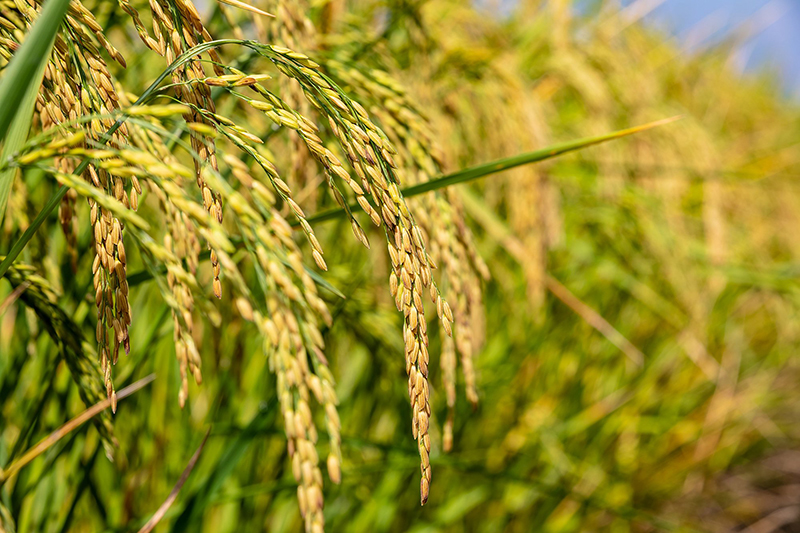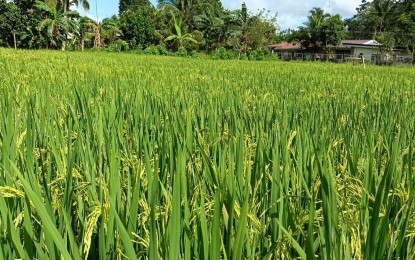Tags
From Bali to Sa Pa, how farmers can promote their rice beyond a staple food
Rice is a cornerstone of Vietnamese and Indonesian society.
The rice yield for tens of millions of individuals in both countries provide their livelihood. In Vietnam, rice exports equaled US$1.43 billion in the first quarter of 2024, with exports to Indonesia reaching nearly half a million tons of rice, at an average price of $640 per ton.
Besides export, farmers in Indonesia, particularly in tourism hotspots such as Tegallalang in Ubud and Sesandan in Tabanan, are finding alternative methods to monetize their crop beyond conventional methods of selling for consumption.
Bali, one of the leading tourist destinations around the world, creates a very different experience for tourists when visiting the rice terraces. There are enormous cafes with balconies suspended over the sea of greenery, large rope swings launching paying customers into the sky above the rice fields and endless indulgences, including western and local cuisine available to tourists.
When driving north of Ubud, a popular spot on Bali that welcomes millions of tourists each year, you will see “free parking for rice terraces” signs dotted along the road for many kilometers. This tourism has encouraged a unique market for the owners and elders who cultivate the land to profit from visitors with vendors selling soft drinks, opportunities to pose as a local farmer with woven hats and even high-adrenaline activities such as zip-lining.
If you decide not to partake in any of these activities, visiting a rice field in Bali, particularly in the most popular area of Tegallalang, can be as brief as just 30 minutes after a short walk along the terraces. The whole experience feels quite artificial and forced, with very little sense of wonderment as you are surrounded by tourists with limited local life playing out around you. Unfortunately, it also feels rather gimmicky.
In Vietnam, there is a sense of enormity and endlessness when visiting the rice fields. The green or golden rice can often cover an area as far as the eye can see with a strong sense that you are completely disconnected from contemporary society. These regions are incredible opportunities to witness local life and converse with locals who are as equally as curious as you are about each other’s daily lives.
 |
| Farmers in a terraced rice field in Sa Pa, July 2023. Photo by Nguyen Van Ngo |
In places such as Mu Cang Chai, Ha Giang and even Sa Pa, the experience is significantly different to Bali, where you are able to hike with individuals from an ethnic minority group and explore remote villages. Tourists in Vietnam can also stay in local homestays for as long as they desire and discover interesting aspects of their daily lives without the feeling of it being forced tourism, ultimately for the sake of profit.
Some of the areas in northern Vietnam, such as Ha Giang, Lao Cai and other neighboring provinces are the poorest in the country. Perhaps local farmers and residents in the remote villages would love to reap the financial benefits of relentless monetized photo opportunities and briefer, more lucrative visits from tourists. It is not for me to suggest what is right or wrong for citizens living there.
From the perspective of a visitor, the time spent visiting the rice fields in Vietnam are some of my fondest memories in this country. It has also certainly led to an underwhelming feeling whenever visiting other similar locations around the world, usually due to the smaller scale and lack of genuine interaction and engagement with the people who live in these beautiful areas of the world compared to the rich experience available in Vietnam.
https://e.vnexpress.net/news/travel/places/from-bali-to-sa-pa-how-farmers-can-promote-their-rice-beyond-a-staple-food-4743217.htmlPublished Date: May 14, 2024






